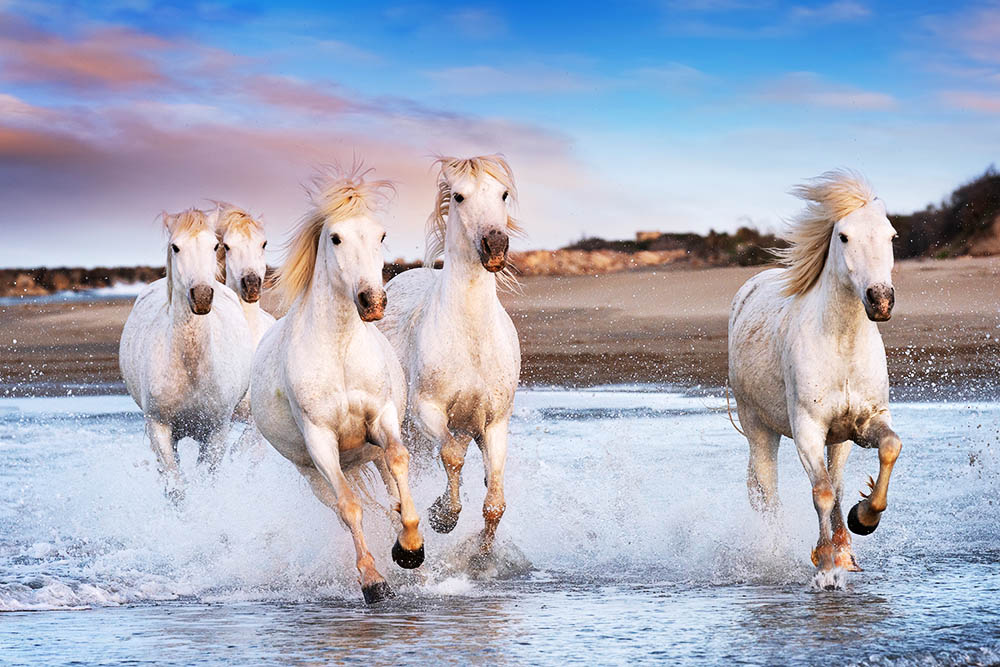The Exploitation of Animals in Film and Television
When it comes to entertainment, the use of animals in film and television has been a staple for generations. From the early days of Hollywood to modern-day blockbusters, animals have been used for their exotic looks, those charming personalities that we all know and love, and for the sake of the director’s vision. However, what many people are not aware of is the harmful role that animals play in modern-day film and television productions.
Animals are often subjected to inhumane and cruel conditions during their time on a set. From being forced to perform complicated tasks, to being confined to small living quarters, to being abused, the exploitation of animals in the industry is not only morally wrong but it’s also a major problem that needs to be addressed.
The Booming Business of Animal Exploitation
The use of animals in the film and television industry has grown to become a booming business, with the global market for animal actors expanding to well over $600 million a year. Animal-based films and television shows can yield huge profits, and since the industry is not regulated, there’s really no limit to what can be done to animals in the name of entertainment. This is especially true in countries where animal welfare laws are weak, and where the risk of abuse and exploitation is very high.
Abuse and Exploitation of Animals on Film and Television Sets
The training and handling of animal actors can be a grueling process, with many animals being subjected to cruel and inhumane treatments. Abusive training practices like shock collars, whips, and other harmful instruments are often used to coerce animals into performing unnatural behaviors. Even when not subjected to abusive training, most animals are taken from their natural habitats and social groups, leading to psychological distress and degradation.
Animal actors are also subjected to confinement, which can have a huge toll on their overall wellbeing. For example, some films require large animals like elephants and tigers to be kept in small enclosures or cages when not performing, leading to physical and psychological problems that would never be seen in their natural habitats. In some cases, the animals are even euthanized or sold to the highest bidder once they have outlived their usefulness in the film industry.
The Negative Impacts of Using Animals in Entertainment
The use of animals in the film and television industry also has enormous negative impacts on the environment. Large-scale productions often require large numbers of animals, leading to the disruption of their natural ecosystems. Coupled with the fact that animals used in films and shows are often treated as disposable objects, the exploitation of animals for entertainment purposes can pose a significant threat to the overall biodiversity of certain species.
The exploitation and abuse of animals in the entertainment industry also has a negative impact on the economy. The money spent on the training, transport, and care of animals used in productions often comes at the expense of human labor and the advancement of technology. As such, filmmakers should consider replacing animal actors with computer-generated imagery and other digital effects that are less harmful, less costly, and more efficient.
Ideas for Alternative Approaches to Animal Actors in Film and Television
Filmmakers and producers can look towards alternative approaches for animal actors that can help avoid abuse and exploitation. One of the most popular alternatives is the use of computer-generated imagery (CGI) in lieu of live animal actors. CGI has advanced to a point where it’s difficult to discern between digital and live-action animal performances. This technology, coupled with sound effects and music, can create a seamless experience for the audience, and it offers more versatility and control for the filmmakers in terms of their vision.
Other alternatives include the use of animatronics or puppetry for certain animal characters, which offers even more control over the characters’ movements and expressions while providing a highly efficient workflow.
For those who still prefer live-action animal performances, we suggest making use of techniques like using animals in their natural habitats, filming in controlled environments and nature reserves, and collaborating with reputable animal rights organizations to prioritize the welfare of animals.
Conclusion
It’s clear that the exploitation of animals in the film and television industry is a major problem that needs to be addressed. Not only is it unethical, but it poses a significant threat to the welfare of animals, the environment, and the film and television industry as a whole. Producers and filmmakers can harness modern technology or partner with animal welfare groups to provide more responsible alternatives to animal actors in entertainment. These efforts will not only protect animals but also guarantee the long-term sustainability of the industry. It’s time for the entertainment industry to take a step forward and acknowledge that exploiting animals is neither necessary nor acceptable.
